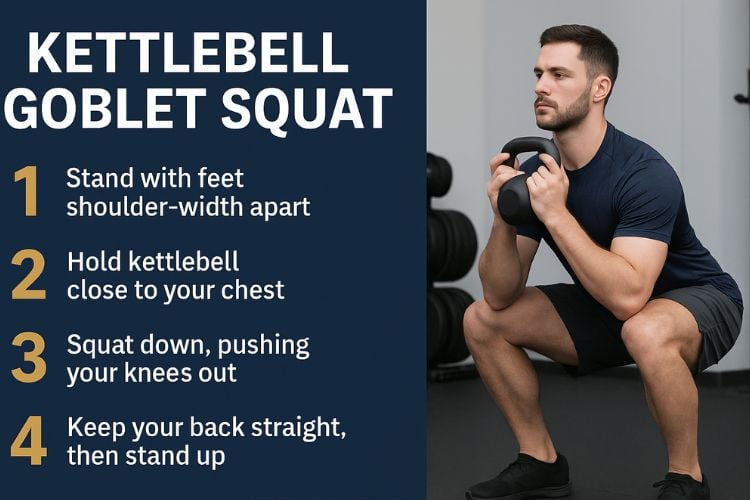
45 Minutes to Fit: A Full-Body Kettlebell Workout for All Levels
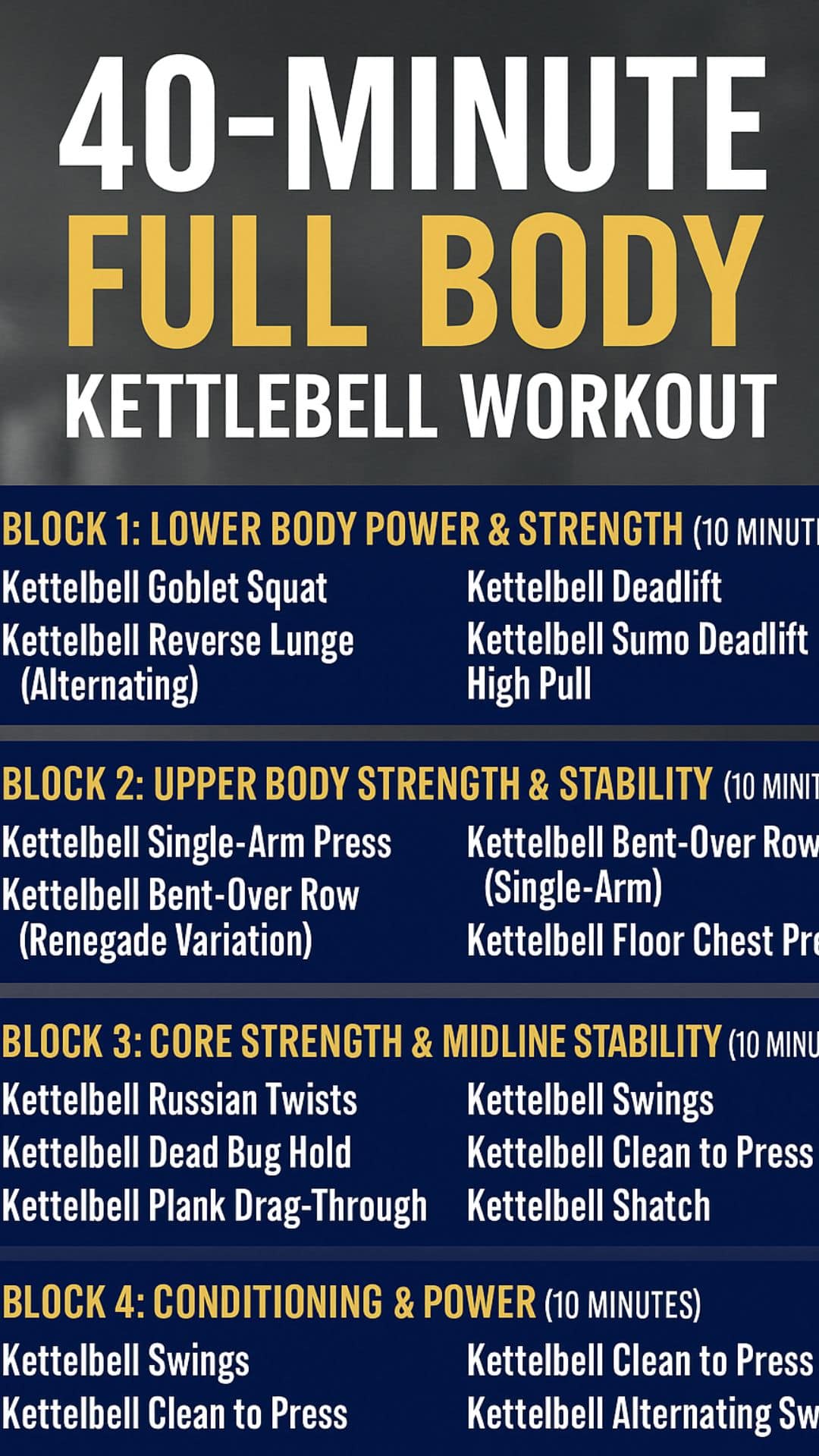
40-Minute Full-Body Kettlebell Workout (Build Muscle, Burn Fat)
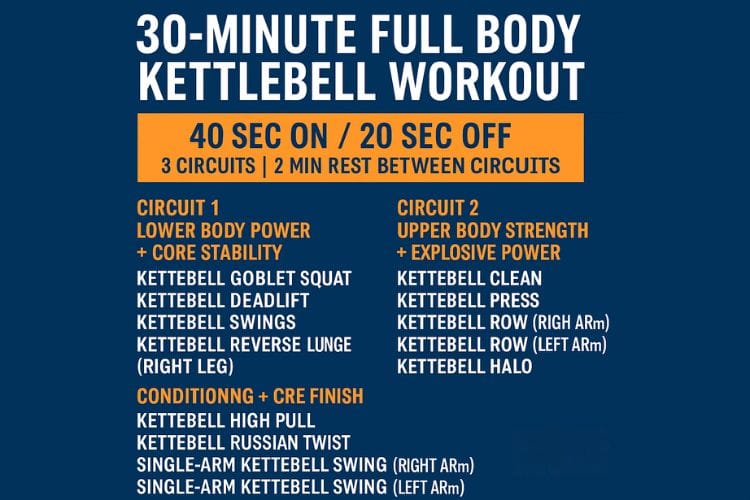
30-Minute Kettlebell Workout for Total-Body Strength
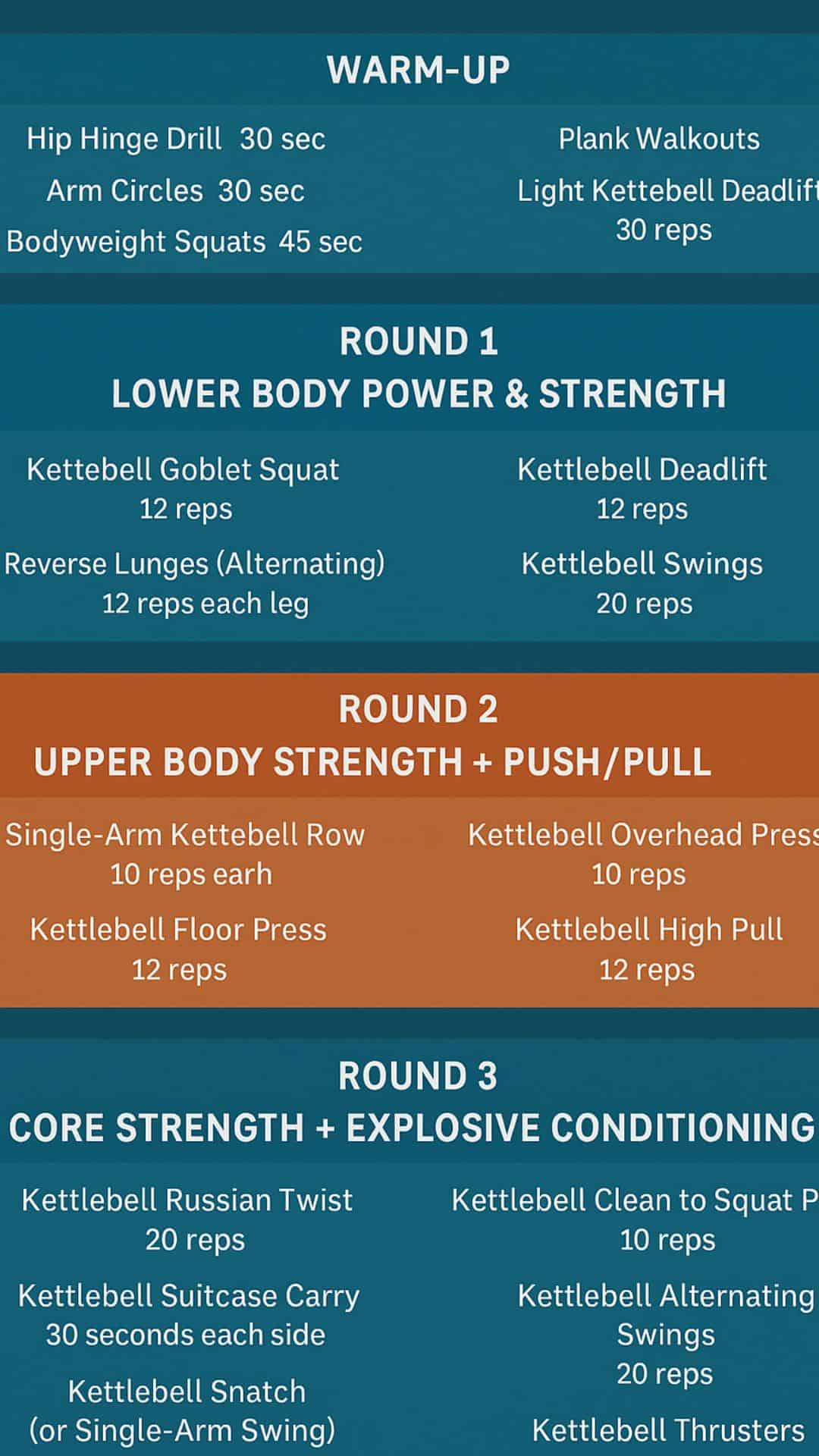
25-Minute Full Body Kettlebell Workout for Strength & Fat Loss
Weight Loss Meal For Men The Ultimate Guide
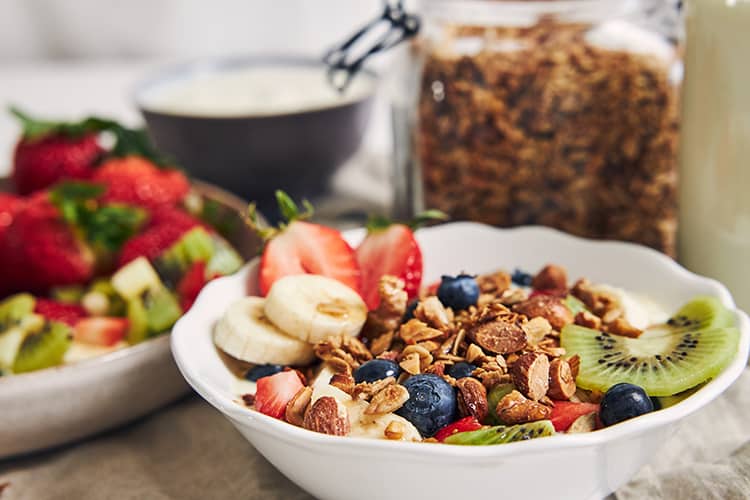
Weight loss isn’t just about hitting the gym and counting calories — it’s about creating a balanced, sustainable eating plan that nourishes your body while helping you burn excess fat. For men looking to shed a few pounds, the approach to meal planning can differ slightly from women due to differences in body composition, muscle mass, and hormones. Here’s an ultimate guide to crafting a weight loss meal plan that suits the nutritional needs and lifestyle of men.
The Ultimate Guide To A Weight Loss Meal Plan For Men
Understanding Men’s Nutritional Needs
Before we dive into the meal plan, it’s essential to understand that men typically have more muscle mass and a higher basal metabolic rate (BMR) than women. This means that men burn more calories at rest and, therefore, may require more calories throughout the day — even when trying to lose weight.
A balanced diet for weight loss should include a mix of:
- Protein: Essential for muscle repair and growth, which is vital for maintaining metabolic rate.
- Complex Carbohydrates: Provide sustained energy and help with satiety.
- Healthy Fats: Necessary for hormone production and nutrient absorption.
- Fiber: Important for digestive health and helps keep you full longer.
- Vitamins and Minerals: Crucial for overall health and optimal bodily function.
Creating a Caloric Deficit
To lose weight, you must create a caloric deficit, meaning you consume fewer calories than your body burns in a day. A safe deficit typically ranges from 500 to 1,000 calories per day, which should result in a weight loss of about 1 to 2 pounds per week. However, it’s important to not go below 1,500 calories daily without medical supervision.
Sample Weight Loss Meal Plan for Men
This 1,800-calorie meal plan is designed for a typical adult man with a sedentary to moderately active lifestyle, aiming to lose weight. Remember, depending on your size, activity level, and metabolism, your needs may vary.
Breakfast (Approx. 500 calories):
- Protein-Packed Omelet: 3 eggs, spinach, tomatoes, and a sprinkle of feta cheese.
- Whole Grain Toast: 1 slice of whole grain toast with a thin layer of avocado spread.
- Black Coffee or Green Tea: Zero calories and can help boost metabolism.
Mid-Morning Snack (Approx. 150 calories):
- Greek Yogurt: A 6-ounce container of plain, non-fat Greek yogurt.
- Berries: A handful of mixed berries for antioxidants and fiber.
Lunch (Approx. 550 calories):
- Grilled Chicken Salad: A generous serving of mixed greens topped with grilled chicken breast, a variety of colorful veggies (like bell peppers, cucumbers, and carrots), a sprinkle of nuts for healthy fats, and dressed with olive oil and vinegar.
- Whole Grain Roll: To add some complex carbs to your meal.
Afternoon Snack (Approx. 200 calories): Weight Loss Meal For Men
- Protein Smoothie: Blend whey protein with unsweetened almond milk, a tablespoon of peanut butter, and ice.
Dinner (Approx. 500 calories):
- Salmon: A palm-sized portion of grilled or baked salmon for omega-3 fatty acids.
- Quinoa: A half-cup serving of cooked quinoa for a protein-packed grain.
- Steamed Vegetables: A mix of broccoli, carrots, and snap peas for fiber and micronutrients.
Evening Snack (Approx. 100 calories):
- Nuts: A small handful of almonds or walnuts to curb late-night hunger.
Tips for Success
- Hydration: Drink plenty of water throughout the day. Thirst is often confused with hunger.
- Meal Prep: Prepare your meals ahead of time to avoid making impulsive food choices.
- Portion Control: Use smaller plates and bowls to control portions and reduce caloric intake.
- Mindful Eating: Pay attention to what you eat and savor each bite, which can prevent overeating.
- Regular Exercise: Combine your meal plan for men with regular exercise to boost weight loss and improve muscle tone.
Foods to Include and Foods to Avoid: Weight Loss Meal For Men
Include:
- Lean proteins (chicken, turkey, fish)
- Whole grains (brown rice, quinoa, whole wheat pasta)
- Healthy fats (avocado, nuts, olive oil)
- Fresh fruits and vegetables
- Legumes and beans
Avoid:
- Processed foods and sugars
- High-calorie beverages (soda, high-sugar coffee drinks)
- Trans fats (found in many baked goods)
- Excessive alcohol
- Refined carbs (white bread, pastries)
Adjusting for Dietary Restrictions
If you have dietary restrictions or preferences, such as vegetarianism or gluten sensitivity, adjust the meal plan accordingly. For instance, replace animal proteins with plant-based
proteins like lentils, chickpeas, tofu, or tempeh. Whole grains like buckwheat or certified gluten-free oats can substitute for wheat-based grains if you’re avoiding gluten free meal.
Adapting to an Active Lifestyle: Weight Loss Meal For Men
If you’re an active man or you’ve started to exercise more intensively, your body will require additional calories to fuel your workouts and support muscle recovery. You don’t want to increase your food intake with just any calories, though; focus on nutrient-dense foods that provide energy and build muscle, not fat.
For those with a highly active lifestyle, consider increasing your caloric intake with:
- Additional Protein: Add a scoop of protein powder to your smoothies or extra lean meat to your meals.
- Healthy Snacks: Incorporate more nuts, seeds, or a piece of fruit with almond butter to give your body the extra fuel it needs.
- Larger Portions of Complex Carbs: Increase servings of whole grains or starchy vegetables like sweet potatoes to keep your energy levels up.
Overcoming Weight Loss Plateaus
Many men experience weight loss plateaus. When this happens, it’s crucial to evaluate your meal plan and exercise routine. Sometimes, a slight caloric adjustment or an increase in physical activity can jumpstart the metabolism. Alternatively, incorporating strength training can boost muscle mass, which in turn increases your basal metabolic rate, helping you burn more calories even at rest.
Managing Stress and Sleep
Stress management and quality sleep are often overlooked aspects of weight loss. Stress can lead to emotional eating and sleep deprivation, which can disrupt hunger hormones like ghrelin and leptin, leading to increased appetite and weight gain. Strategies such as mindfulness meditation, regular exercise, and ensuring 7-9 hours of sleep per night can significantly impact weight loss.
The Importance of Flexibility
Strict meal plans can lead to burnout or feelings of deprivation, which isn’t conducive to long-term success. It’s important to allow for flexibility in your diet. If you’re craving something outside of your meal plan, it’s okay to indulge occasionally. The key is moderation and making sure that one indulgence doesn’t lead to a week of unhealthy eating.
Long-Term Sustainability
The ultimate goal is to create a meal plan that can evolve into a long-term eating pattern. Weight loss meal for men is not just about the dieting phase; it’s about developing habits that you can maintain for life. Once you reach your desired weight, you can adjust your caloric intake for maintenance. Continue to make smart food choices, remain active, and listen to your body’s hunger and fullness cues.
Supplementing Your Diet
While it’s best to get most of your nutrients from food, sometimes you might need supplements, especially if you’re on a very restrictive diet or you have specific deficiencies. A general multivitamin or specific supplements like vitamin D or omega-3 fatty acids can be beneficial. It’s always a good idea to consult with a healthcare provider before starting any supplement regimen.
The Right Foods
Creating a weight loss meal plan for men requires a balance of the right foods, portion control, and consideration of individual needs and lifestyles. A plan rich in protein, complex carbohydrates, healthy fats, and fiber, paired with regular exercise and healthy lifestyle choices, will pave the way to success. Remember, the best diet plan is one that is sustainable, flexible, and tailored to your specific goals and nutritional requirements.
Embarking on a weight loss journey can be challenging, but with the right tools and mindset, it’s certainly achievable. Stay consistent, be patient with yourself, and celebrate the small victories along the way. With dedication and this guide to a balanced meal plan, you’re well on your way to a healthier and fitter you.
Most Recommended
Subscribe to our Newsletter
Stay up to date on the latest men’s health, fitness and lifestyle trends and tips.
About Us
Men’s Fit Club was started with the goal of empowering men to get the most out of their lives. This meant going beyond exercise and diet tips to really address the broad range of issues that men face on a daily basis – topics like recreation, finding love, sexual health and even sound fashion advice.
Quick Links
© COPYRIGHT MEN'S FIT CLUB 2025. All Rights Reserved

